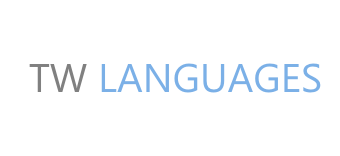During Export week TW Languages presented a UKTI language and culture workshop, held at the East Lancashire International Trade Club. An excellent venue with highly professional and fantastic support staff. Highly recommended.
The aims of the UKTI workshop was based around exporting and looking at ‘how to select a translation company’.
I gave a brief overview of website Internationalisation with consideration for: localisation, SEOs, meta tags, language based website, country specific website, hosting, ISP, overseas search engines etc. As a translation company we only get involved with a small element of the website development i.e. translation unless we get asked to do more. We hope the client or the website designer has considered all the other issues as this is within their remit!
At the workshop we had some interesting discussion and analysis on different websites i.e. high development cost websites achieving a ROI. Other websites developed for different purposes hence low cost and no ROI. We were able to review a German website which TW Languages translated into English (we didn’t translate the other languages) www.global-sales-help.com. There are a few pointers to show that this originated as a German site.
Moving on to finding a translation company: recommendations, local chamber members, members of the ATC, yell.com, local search engines etc.
Selection can be quite complex as there are numerous players in the market and it’s difficult to differentiate between each: single translator, bi-lingual translator, multi-lingual translation company with or without in-house translators, mid-size to corporates, translation companies who also develop translation software etc. Translation companies who specialised in technical translations, certified translations etc.
If I’m selecting a supplier I want to know who they are, where they live, a telephone number! the ‘about us’ on the website is always important for me as I like to know about the company. UK registered, local company etc.
For a translation company the questions are: What documents do they translate? How do they translate – human or machine? Translation and proofreading or is proofreading at an extra cost? Quality measures? Who do they use to translate, native speakers in the target country? etc.
All of these questions should answered together with a clear and transparent quotation knowing exactly what the costs to do the translation include.
If you receive a quote and its unclear return to the supplier for explanation.
Trust – once you receive a translation, unless you know the language or get this checked there has to be complete trust in the work you’ve receive. If in doubt go back to the translation company.
